
dermatosis papulosa pictures, photos
Dermatosis papulosa nigra is found in black people. It is assumed that dermatosis papulosa nigra in fact is a variant of seborrheic keratosis in darkly pigmented people. The lesions occur usually as multiple black papules with a diameter of 1 to 5mm. They are preferentially located on the face, neck, upper back and chest.

Dermatosis papulosa nigra Dermatology Advisor
Dermatosis papulosa nigra (DPN) is a harmless skin condition that tends to affect people with darker skin. It consists of small, dark bumps that usually appear on your face and neck.

Dermatosis Papulosa Nigra JH Skincare Clinic IPL Laser and Dermalux
When a new mole appears on your skin, it's normal to get suspicious. Sometimes new skin formations can be signs of an underlying illness. But other times, thankfully, they're benign. Dermatosis papulosa nigra—aka DPN— is one of those non-threatening formations. Often mistaken for freckles, DPN manifests as raised dark brown bumps on areas.
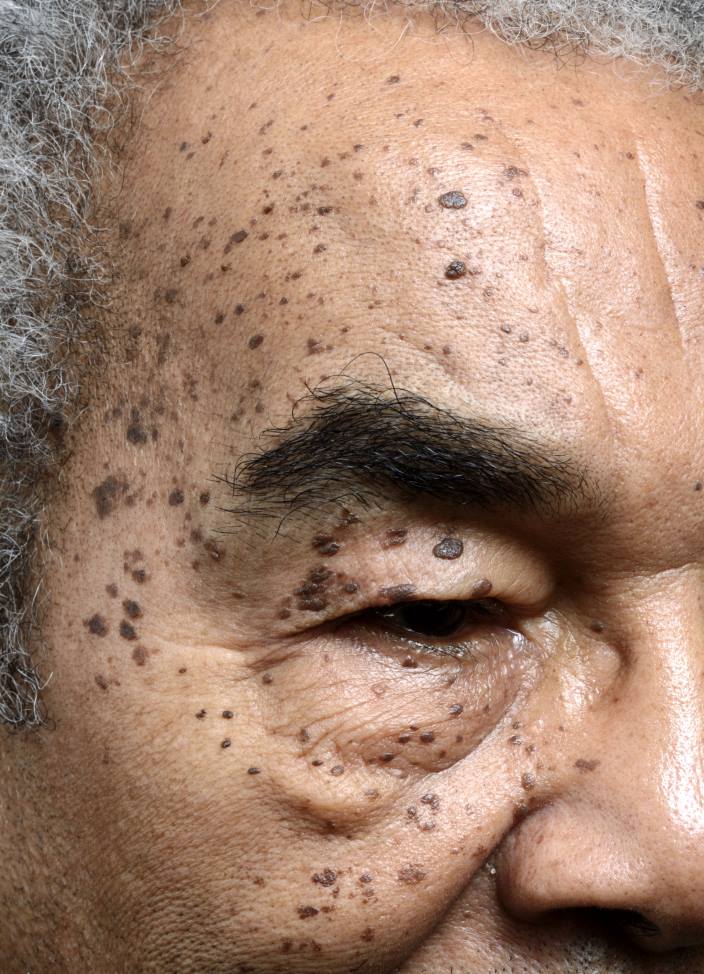
c0156130dermatosispapulosanigrasciencephotolibraryhigh
Dermatosis Papulosa Nigra (also known as DPN) is characterized by small brown or black spots. that are on the skin around the cheekbones and eyes. The dark spots may also be found on other. areas of the face, neck, chest, and back. Some people with dermatosis papulosa nigra have a. few, isolated spots while others have hundreds of spots.

Ouderdomswratten (verruca seborroica, senilis, seborroische wrat
Dermatosis papulosa nigra (DPNs) are benign epidermal growths and are considered a variant of seborrheic keratoses. 1 DPNs primarily affect darker skinned individuals with Fitzpatrick skin types IIIâ€"VI, and have a predilection for women of African and Asian descent. 1 While the exact prevalence remains unknown, up to one third of African Americans have been diagnosed with DPNs. 1 DPNs.

Dermatosis Papulosa Nigra (DPN) Treatment in Alainn Clinic Kuala Lumpur
Dermatosis papulosa nigra (DPN) is a benign cutaneous condition common among Black people. It is usually characterized by multiple, small, hyperpigmented, asymptomatic papules on the face of adult Blacks. Histologically, dermatosis papulosa nigra resembles seborrheic keratoses. In fact, some authors consider DPN to be a subtype of seborrheic.
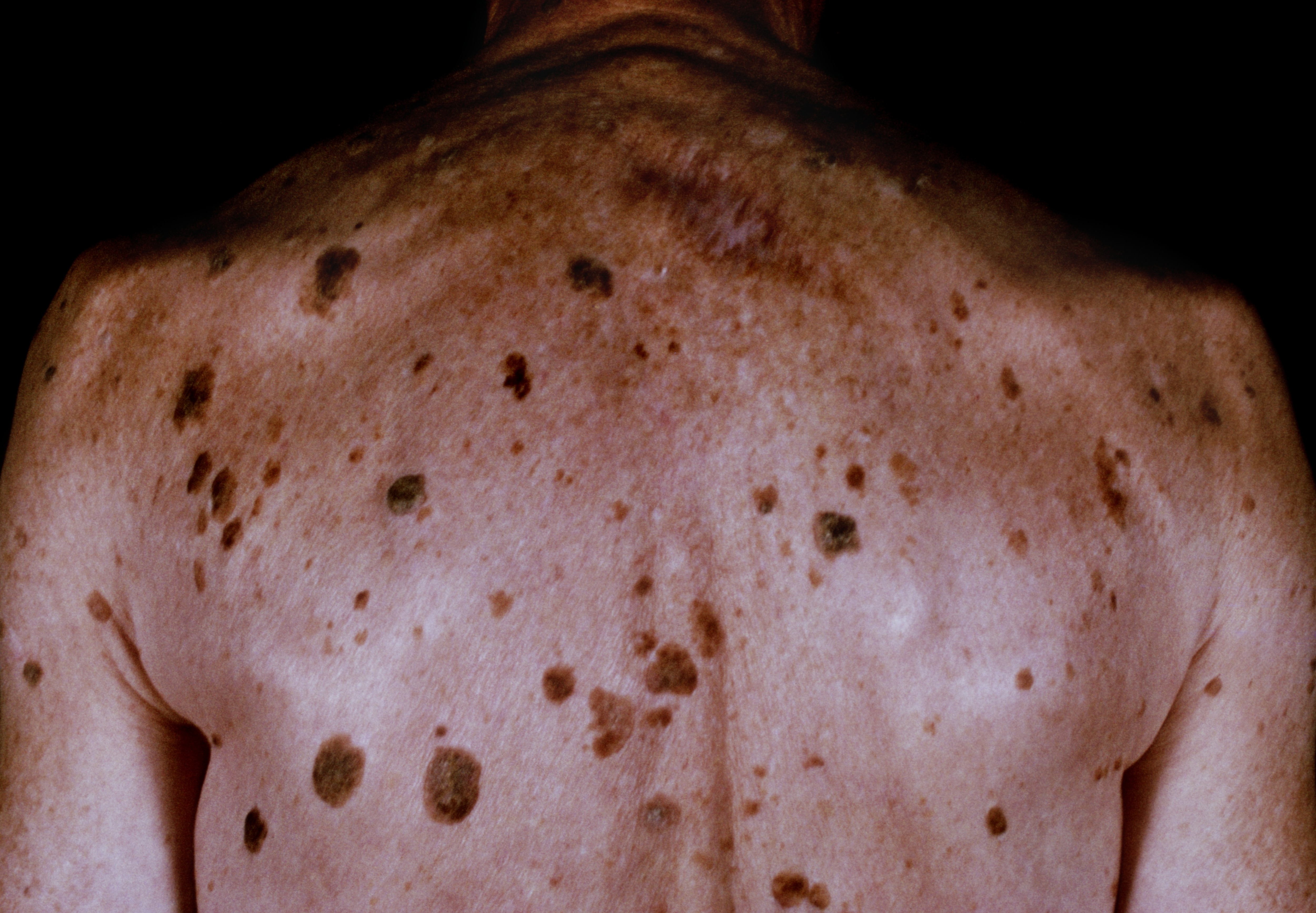
Dermatosis Papulosa Nigra Treatment & Management Approach Considerations
Dermatosis Papulosa Nigra (DPN) is a skin condition that typically appears as small, dark, or skin-colored bumps on the face, neck, and upper torso. Some people only develop a few bumps, while.

BEFORE AND AFTER DERMATOSIS PAPULOSA NIGRA PHOTOS (DPN) 7 DAY RESULTS
Dermatosis papulosa nigra is a condition in which small dark bumps develop on the face. These first appear during teen years, slowly becoming more pronounced as one ages. This is fairly common in blacks, present in about one third of adults. Occasionally this may also appear on white and oriental skin. The individual lesions are black or dark.

DPN Dermatosis papulosa nigra Deepa Skin Care
Dermatosis papulosa nigra was first described by Aldo Castellani (1874-1971) more than 90 years ago, and it has since been presumed to be a variant of seborrheic keratosis. Despite their morphologic similarities both macroscopically and microscopically, key differences have yet to be explained. These lesions also exhibit different demographics.

DERMATOSE PAPULOSA NIGRA Dra Camila Rocha
Dermatosis papulosa nigra, first described by Aldo Castellani (1874-1971) >90 years ago, has since been presumed to be a variant of seborrheic keratosis, according to a recent review. However, despite their morphologic similarities, both macroscopically and microscopically, key differences have yet to be explained. These lesions also exhibit different demographics, with dermatosis papulosa.

Pin on Plastic Surgery Articles
Dermatosis papulosa nigra (DPN) is a condition of many small, benign skin lesions on the face, a condition generally presenting on dark-skinned individuals.: 638-9 DPN is extremely common, affecting up to 30% of Black people in the US. From a histological perspective, DPN resembles seborrheic keratoses.The condition may be cosmetically undesirable to some.
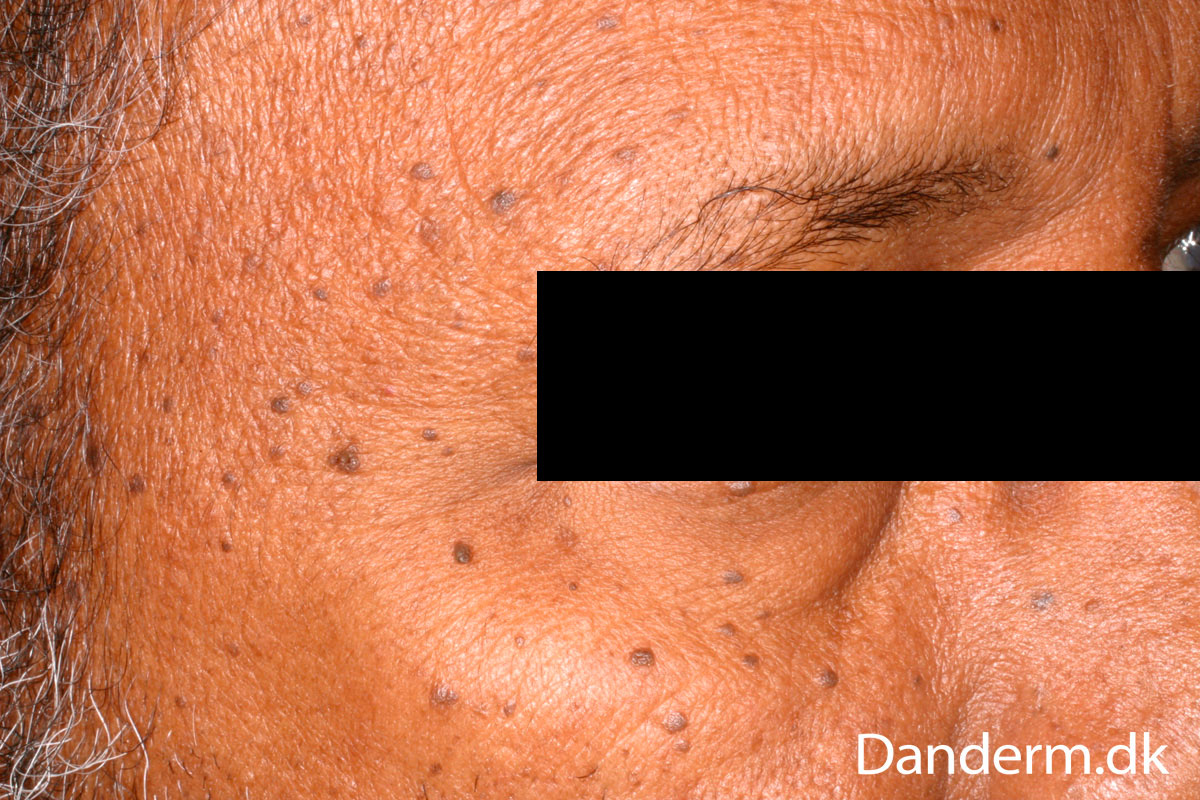
7105 Dermatitis papulosa nigra 1 of 2
Dermatosis Papulosa Nigra (DPN) is a condition where dark spots appear on the head and neck of patients with darker skin tones. It affects up to 7 out of 10 African American patients. About 5 out of 10 patients have a family history.

Causes and Treatment of Dermatosis Papulosa Nigra
Dermatosis papulosa nigra (DPN) is a benign epidermal growth that presents as hyperpigmented or skin-colored papules that develop on the face and neck beginning in adolescence. It typically occurs in individuals with Fitzpatrick skin types III to VI, most commonly affecting people of African and Asian descent. It is considered to be a common variant of seborrheic keratoses (SKs).

Pin on Health idea
Dermatosis papulosa nigra is hereditary. In fact, you might hear these spots referred to as the "family moles.". If your grandparents or parents have these spots, it's more likely that you.
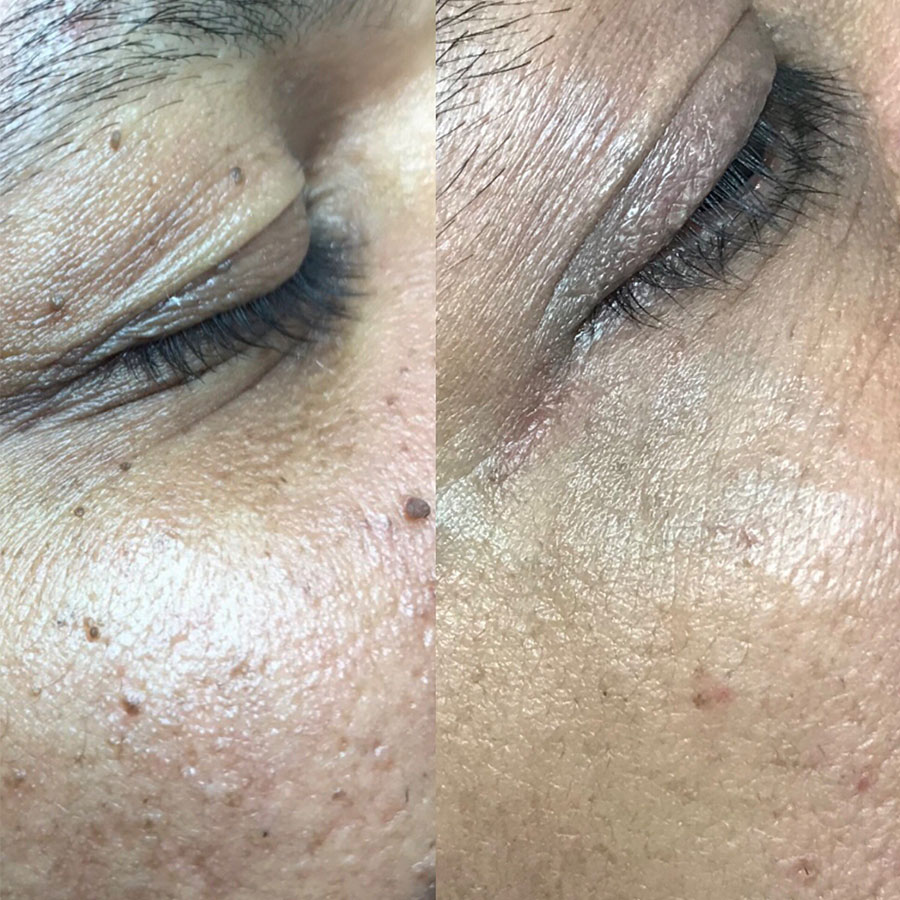
Dermatosis Papulosa Nigra skin clinic Wimbledon & Kensington
Dermatosis papulosa nigra is common in people with skin of colour, with Fitzpatrick skin phototype 4, 5 or 6. It affects up to 35% of Black Americans. There is a lower frequency in African Americans with a fairer complexion. Dermatosis papulosa nigra also occurs among dark-skinned Asians and Polynesians, but the exact frequency is unknown.
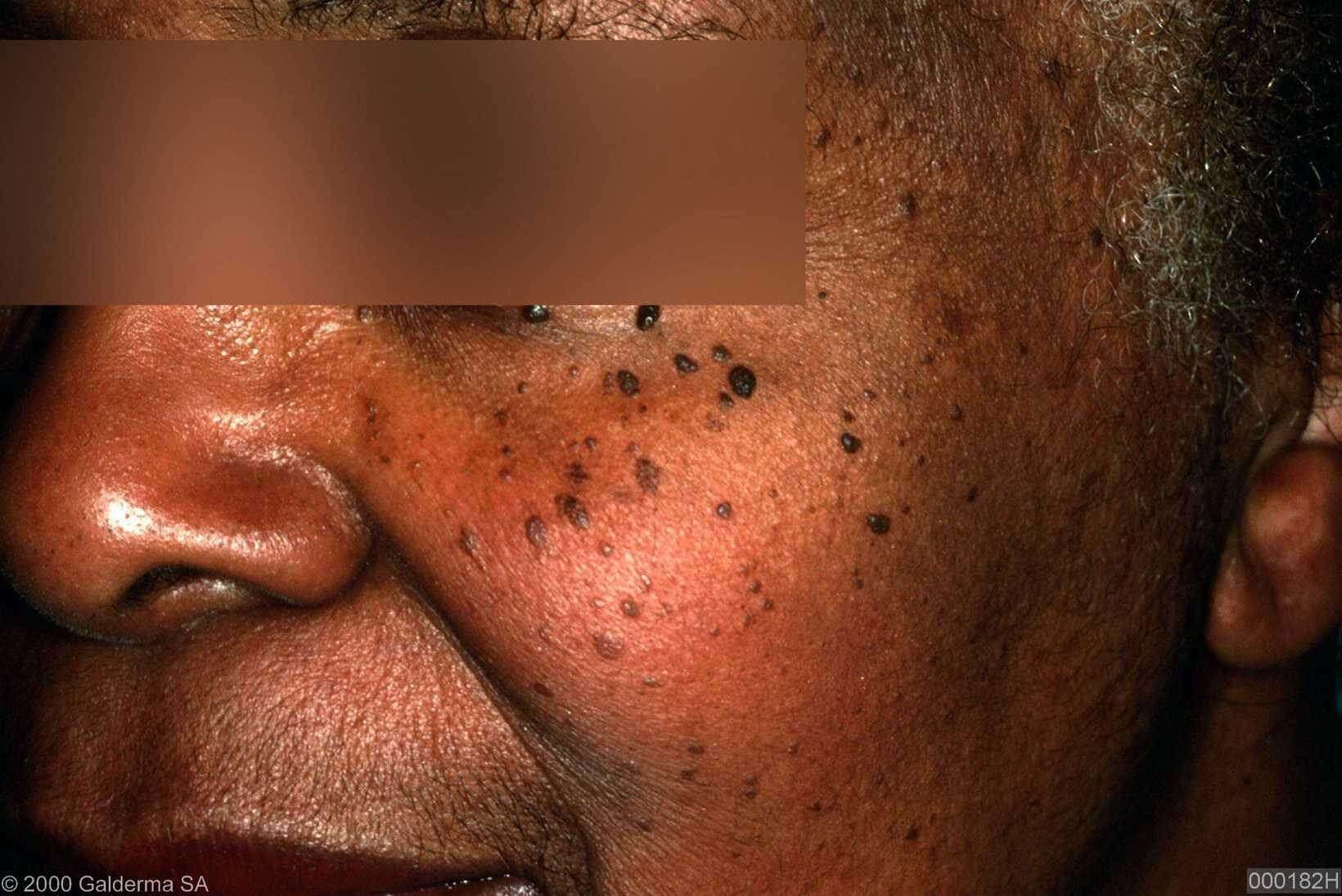
Dermatosis papulosa nigra
Dermatosis papulosa nigra (DPN) are benign epidermal growths similar to seborrheic keratoses (SK). These lesions are typically asymptomatic and are most frequently seen on the cheeks. They are much more common in Black individuals and people of Asian descent. I t is less frequently described in the White population, where SKs are more common.